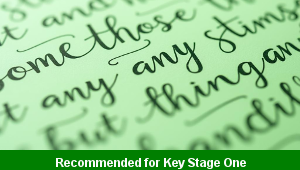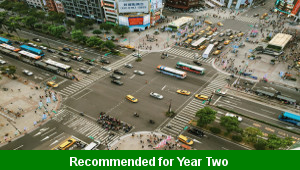Lesson Six – Changing Teeth

This science teaching pack for Key Stage One gets the children to investigate, describe and record how the teeth in the human body can change as people move from childhood to adulthood.
The class can identify and draw examples of their own teeth and list different ways to care for the teeth as they grow and get older such as daily brushing and visiting the dentist.
Download this teaching pack including a lesson plan, classroom activities and an interactive presentation to investigate, describe and record how the teeth in the human body can change as people move from childhood to adulthood
Activities in this teaching pack include sets of display posters to identify and describe some of the different types of teeth found in the human mouth and suggest and explain different ways of looking after the teeth such as daily brushing and visiting the dentist.
The interactive presentation gets the children to explore how the teeth can change as people move from childhood to adulthood.
This lesson is part of a science scheme of work to get the children to identify and describe how humans change as they grow from children into adults including changes to appearance, height and abilities in performing different activities. There are teaching activities for shared learning, differentiated worksheets to support independent learning and interactive presentations to introduce concepts and key skills.
-

English Spelling, Punctuation and Grammar Assessment
Assess abilities in spelling, punctuation and grammar based on the National Curriculum programmes of study for Key Stage One
-

Twos, Threes and Fives
Investigate some of the calculation techniques that can be used when solving problems by dividing numbers into equal groups of twos, threes and fives with no remainders
-

Robot Movements
Practise selecting and using the correct vocabulary words to describe and control the position and movements of a robot character around a grid or other locations
-

Transport Journeys
Investigate the content structure of explanations that explain how and why families make different journeys by a range of forms of transport
